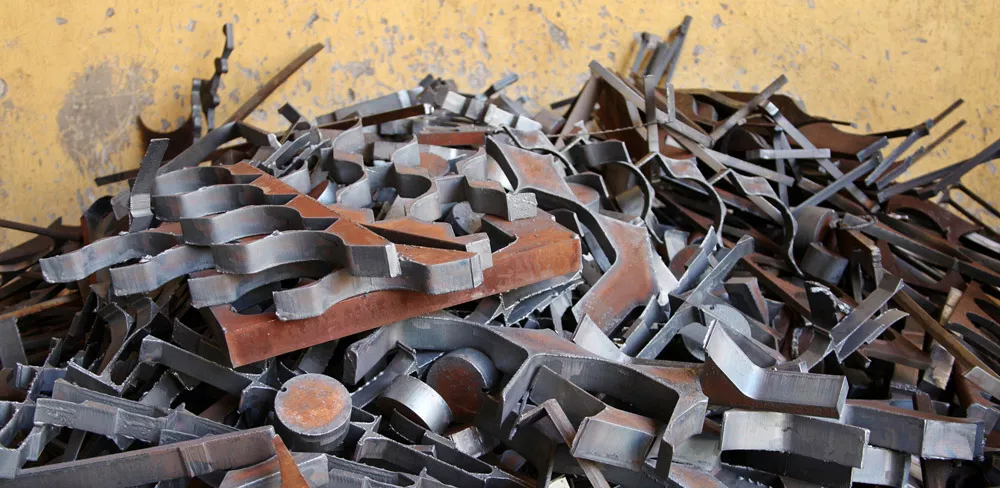Education a key to higher scrap management
 Image credit: https://www.thefabricator.com/thefabricator/article/shopmanagement/do-you-manage-scrap-properly-
Image credit: https://www.thefabricator.com/thefabricator/article/shopmanagement/do-you-manage-scrap-properly-
“I think 90% of the people at home know how to separate but within a company, they have no idea.”
Description
(34:50) “For me, It comes down to transparency in the value chain. So where are the players who more or less have these precious elements or alloys? What are they doing at the moment with it? Are they throwing it away? Are they mixing it with others? I had a discussion with a company in Vienna last week. They have this tool for the cutting of metal, and they throw it in a box with aluminium. And as soon as you do this, it’s gone, more or less, because no one can use it. The aluminium industry can’t use it and the metals industry can’t use it. And this is what I mean with transparency. Transparency to really work jointly with those things. What can we do? Do you need awareness building? Do you need training? Do you need possibilities for separation in your workshop?
Relevance
To enact real change, manufacturers should take responsibility for the entire lifecycle of their products and be involved in the recycling process for their products. Transparency in the supply chain, workforce training and implementation of scrap management systems can help support that.
Learn more
Vision
EIT Manufacturing vision for the future of Manufacturing in Europe in 2030, called ‘Fixing Our Future
Enablers
Enablers for future change and actions to make the vision, as described in Fixing Our Future, a reali
Signals
A knowledge library of over 100 signals of change, as examples of emerging manifestations towards the
About the project
Learn more about the background, the process and the people and the contributors behind this project.

